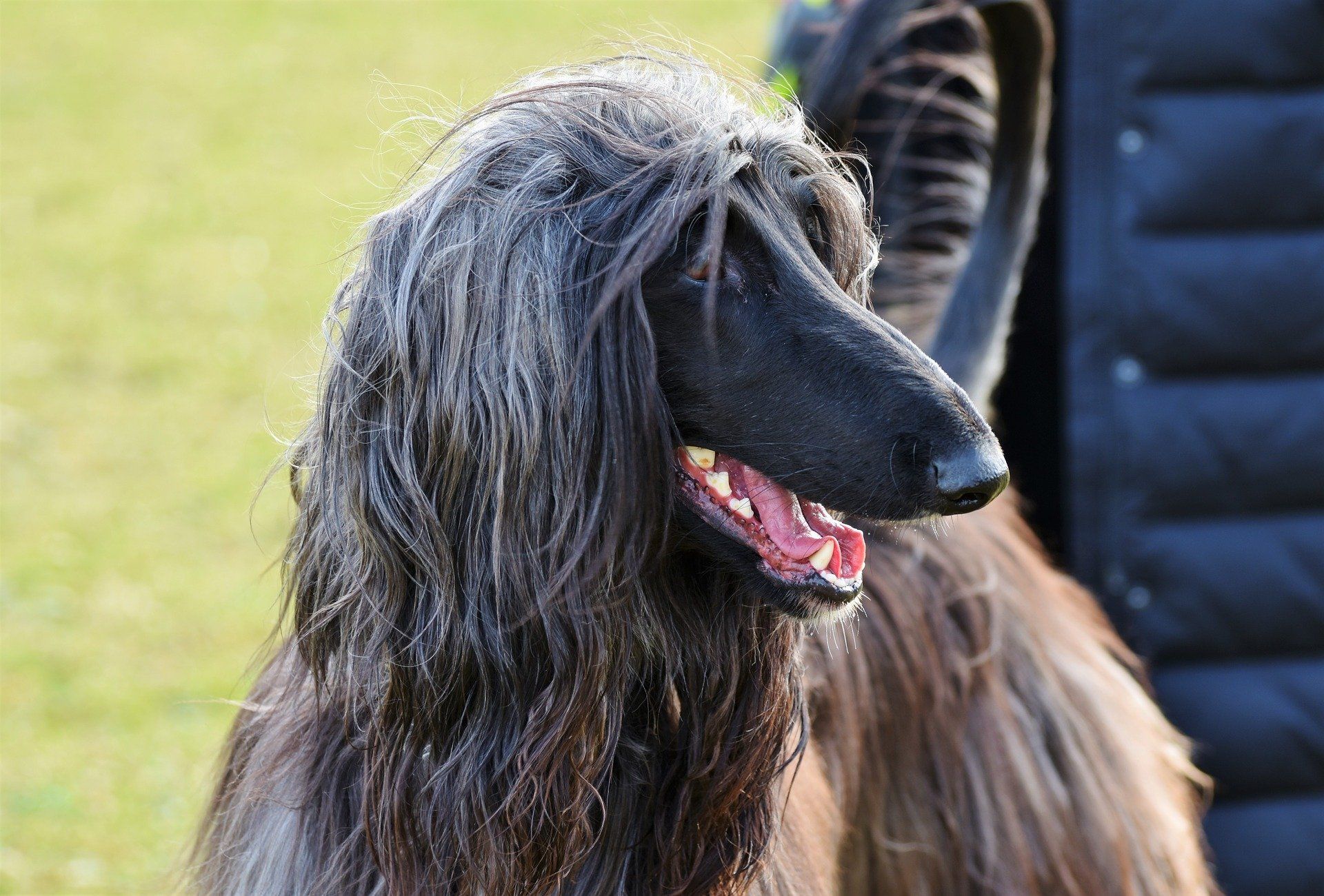Afghan Hound: The Supermodel of Dogs
The glossiest and most elegant of dogs, the exact origin of the breed is unknown but it is thought to have been brought along trade routes to Afghanistan

The glossiest and most elegant of dogs, the exact origin of the breed is unknown but it is thought to have been brought along trade routes to Afghanistan, where tribal chieftains used it to track deer, wild goats, and snow leopards. The Afghan Hound’s long, luxurious coat protected it from the extreme climate of its original mountain home. In the 1930s Marx Brother “Zeppo” brought the breed to the US; and it has since been popular with celebrities. However, this independent and lively companion is also at home in sports and obedience events.
Table of Contents
Origin
Afghanistan
Grouping
Sight hounds
Canine speed-merchants, the sight hounds—or gazehounds as they are sometimes called—are hunting dogs that locate and follow their prey primarily by using their keen eyesight. Streamlined, lightly framed, but powerful, a sight hound in pursuit of quarry moves fast and turns with great flexibility. Many dogs in this group were bred to hunt specific prey.
Breed History
The Afghan Hound was first represented in Indian works of art dated 1809. The origin of the breed as the name implies was in Afghanistan and surrounding regions where they were bred for at least a few thousand years by nomadic tribes.
Due to the variations of elevation and climate in this harsh wild region, some variation in breed type evolved, distinguishing it from the original Middle Eastern Sight hound. The specimens that became foundation stock for American and European breeding programs arrived in Scotland in 1920 (desert strain), and specimens from the other founding strain (mountain type) arrived in England in 1925.
The AKC admitted the breed in 1926.
Physical Characteristics
Height at Withers
Female 24-26” (61-66 cm), male 26-28” (66-71 cm).
Weight
Females 50 lb (23 kg), males 60 lb (27 kg).
Coat
The very fine silky, glossy and long haircoat is shorter on the face, though a long, soft topknot is present. Hair is short also over the topline (the Afghan saddle) in adults. They are shown in a natural unclipped coat.
Though all coat colors are accepted except spotted pattern, the presence of white head markings is not encouraged. Puppies have soft fuzzy short hair on their saddles and faces (monkey whiskers) that is replaced by an adult coat at about one year of age.
Longevity
12-14 years
Breed Behaviour and Traits
- Strong independent streak
- Strong personality
- Somewhat difficult to train
- Generally aloof with strangers
- These dogs have high grooming needs including daily brushing and regular bathing. They are low shedders. Some resources suggest snoods (hoods) to protect the long hair from soiling or getting in the mouth during mealtime.
- These dogs have high exercise needs, and they need to be restricted to fenced enclosures or they will roam.
- They are very sensitive dogs.
- Some are good with children, some not. They do best with gentle, quiet children and early socialization is important.
- It is best to introduce them to other pets and children when the dog is young.
- Play activities and lots of attention should be provided to alleviate boredom.